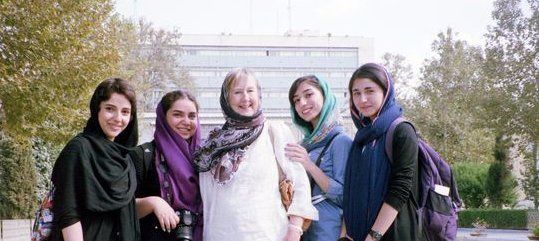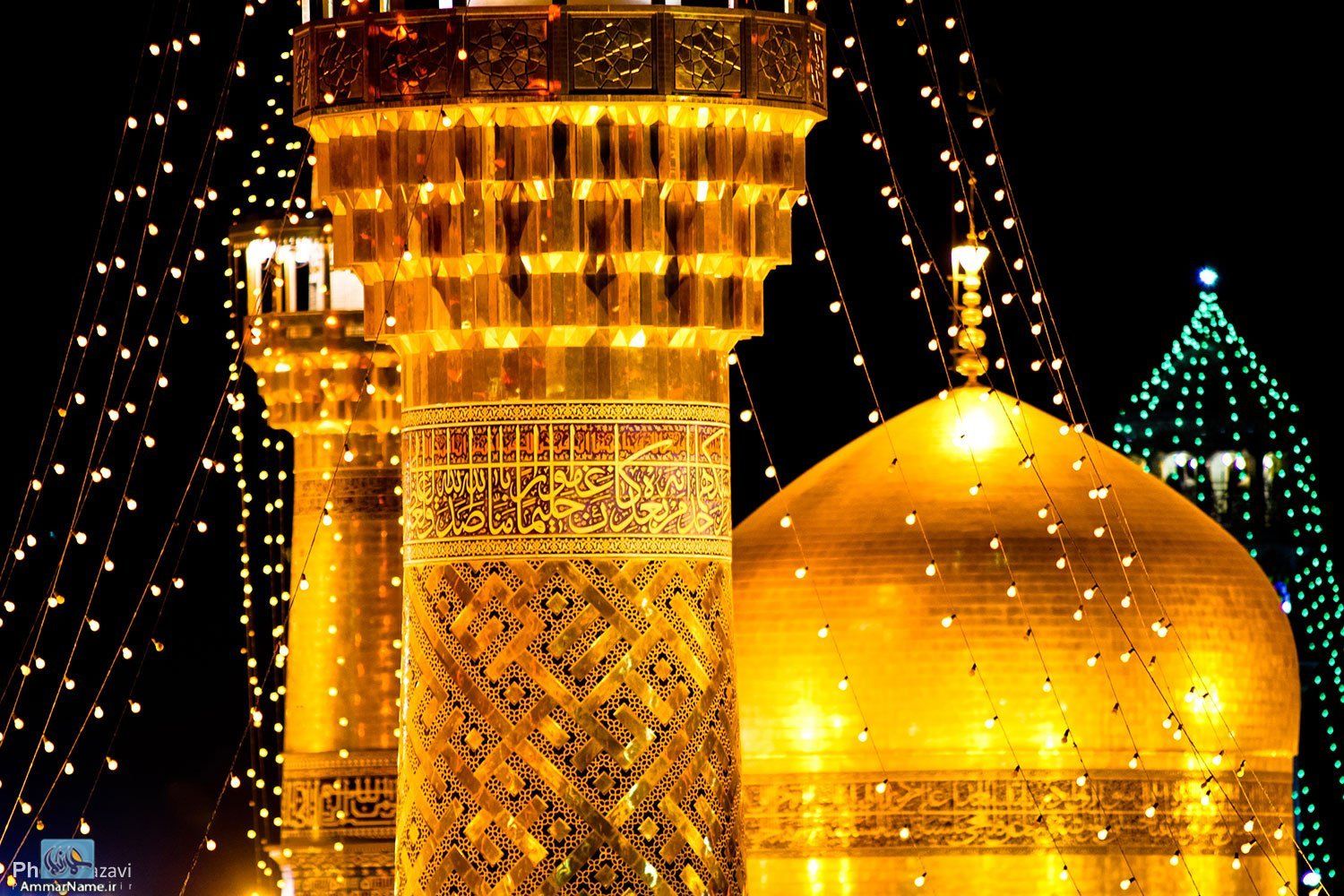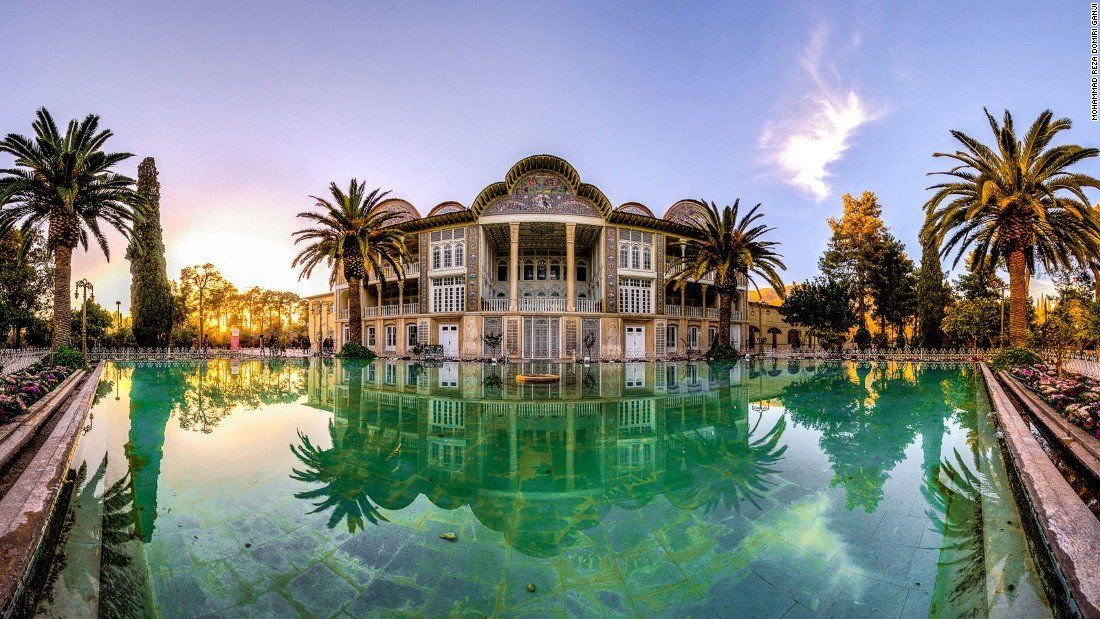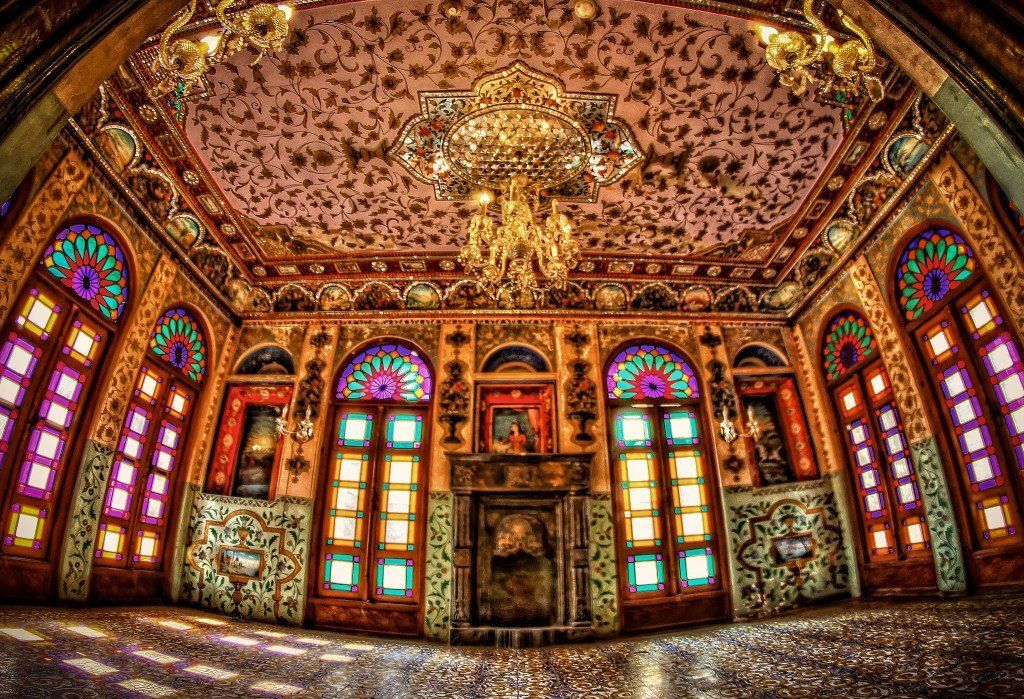Ardabil Attractions
Ardabil Attractions
Tomb of Sheikh Safi-ad-din Ardabili
The sight was registered on the UNESCO World Heritage List. Sheikh Safi, an eminent leader of an Islamic Sufi order established by the Safavids, was born in Ardabil. It was constructed between the beginning of the 16th century and the end of the 18th century. The Safavids valued the tomb-mosque form, and the tomb with its mausoleum and prayer hall is located at a right angle to the mosque. The buildings in the complex surround a small inner courtyard (31 by 16 meters). The complex is entered through a long garden. The mausoleum, a tall, domed circular tower decorated with blue tile and about 17 meters in height; beside it is the 17th-century Porcelain House preserving the sanctuary's ceremonial wares. Also part of the complex are many sections that have served a variety of functions over the past centuries, including a library, a mosque, a school, mausolea, a cistern, a hospital, kitchens, a bakery, and some offices. It incorporates a route to reach the shrine of the sheikh divided into seven segments, which mirror the seven stages of Sufi mysticism. Various parts of the mausoleum are separated by eight gates, which represent the eight attitudes of Sufism.
Ardabil Bazaar
It was built during Safavid Dynasty from the 16th to 18th century and renovated through the Zand dynasty in the 18th century. In and around the Ardabil Bazaar are numerous caravansaries and inns, owned by the estate of the Safavid Dynasty shrine, and mosques, some of which were endowed by Ata-Malik Juvayni (1226–1283) for the Shaykh Safi shrine. The proceeds from the many shops, bathhouses and inns in the bazaar that are owned by the estate of the shrine are used for the shrines upkeep.
Bridges Ardabil host numerous historical bridges namely Pol-e Gilandeh, Pol-e Nayer, Pol-e Haft Cheshmeh, Pol-e Panj Cheshmeh and Pol-e She Cheshmeh and Qarah Soo Bridge, most were built during Safavid era.
Saint Mary church
This Armenian orthodox church has a beautiful wooden main door and painted dome built in 1876.
Other attractions: Shahar Yeri Historical Site , Sabalan Hydropathy Complex , Mount Sabalan Crater Lake , Shorabil Lake
Подальше читання:
Mystery Of Iran

By Oksana Grishchenko
•
27 Feb, 2016
The beautiful and undiscovered places, stunning landscapes and fascinating sights in Iran’s nature, the inhabitant’s ethnic group’s variety, and also the hospitality and culture of locals in small villages or nomadic parts which are suitable for trekking, make Iran a perfect destination for these sort of activities.
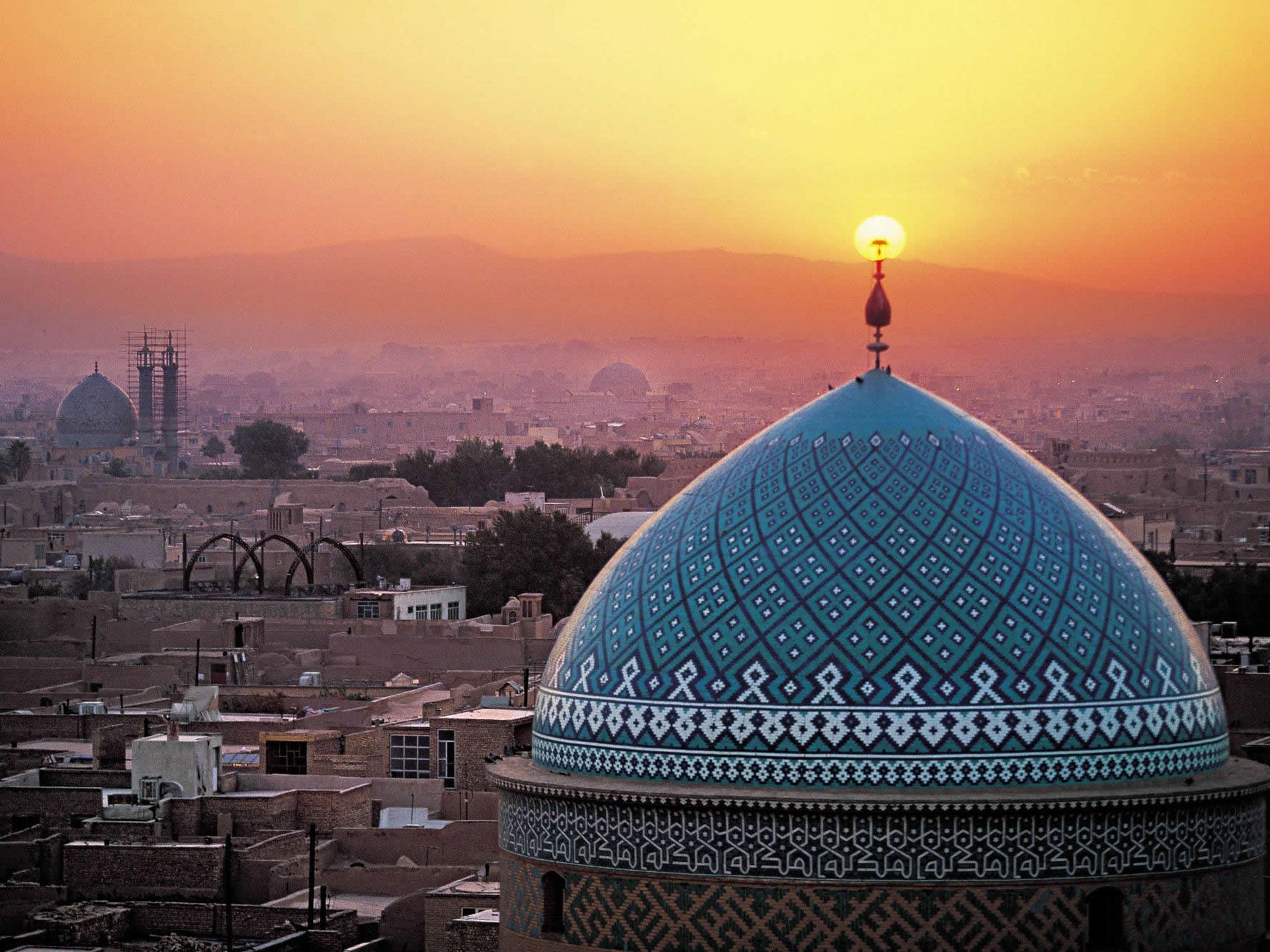
By Oksana Grishchenko
•
03 Mar, 2015
Do you wish to travel to Iran to experience the delights of the ancient Persian Empire? Do you know new rules and regulations about traveling to Iran? And most important of all; what do previous Iran travelers experience in Iran? There are some things to review before traveling to Iran.
Click down here and enter city name to find out about the weather forecast of the city you like to know about.
Copyright © 2016 All rights reserved by Magic Travel Center LLC®.
























